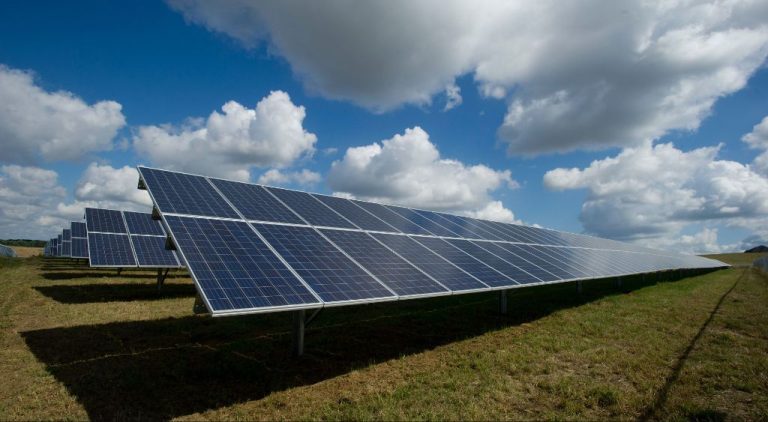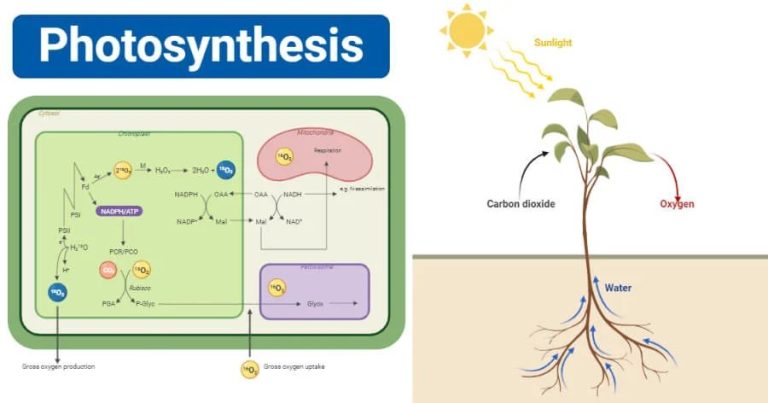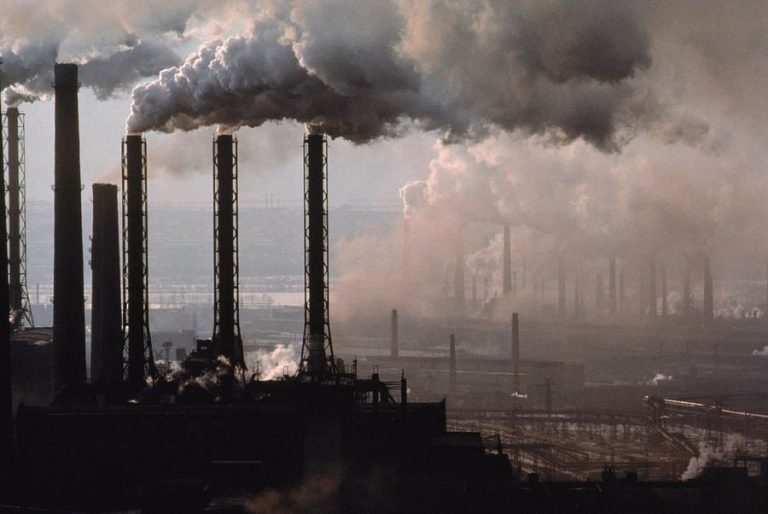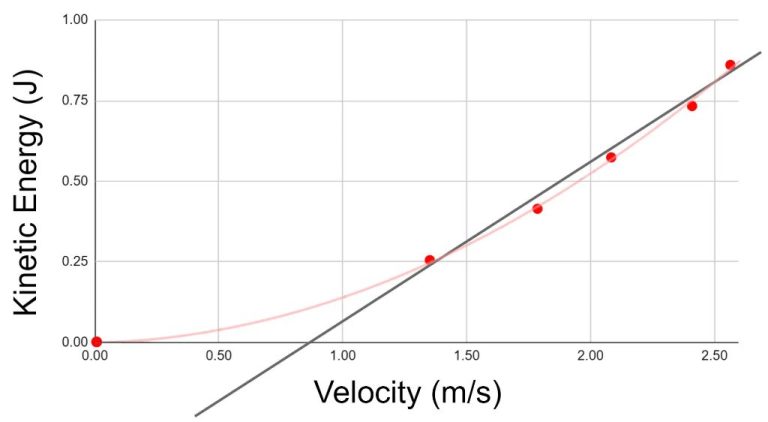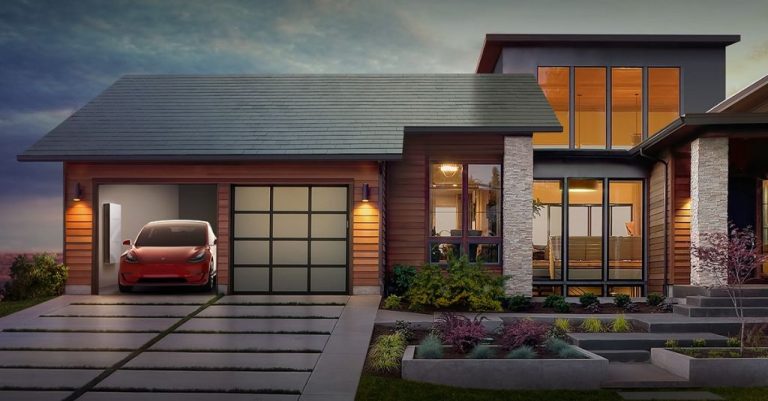How Is Electricity Moved Around?
Electricity is an essential part of modern life that most of us take for granted. We expect the lights to turn on with the flip of a switch and for our appliances and devices to have a constant flow of power. But how exactly does electricity get delivered to our homes and businesses?
The power grid is an extensive infrastructure system that allows electricity to move from where it is generated to where it is consumed. It consists of power plants, transmission lines, substations, transformers, and distribution lines that work together to supply electricity across vast regions.
In the United States, there are three major interconnected power grids—the Eastern Interconnection, the Western Interconnection and the Texas Interconnection. Within these grids, there is a constant flow of electricity from various power plants through high-voltage transmission lines to local distribution networks that lower the voltage for safe use in homes and businesses.
The entire process is managed by control centers and smart grid technology to match supply with demand and maintain a stable flow of power. Understanding how electricity reaches us provides insight into the engineering marvel that largely runs in the background of our daily lives.
Generation
Electricity generation begins at power plants where some form of energy is converted into electricity. The most common types of power plants include:
- Coal: Coal plants burn coal to heat water into steam that spins a turbine connected to a generator producing electricity.
- Nuclear: Nuclear plants use nuclear fission reactions to create heat and steam that spins turbines for electricity generation.
- Hydroelectric: Hydropower plants use flowing or falling water to spin turbines connected to generators.
- Solar: Solar plants use photovoltaic cells to directly convert sunlight into electricity.
- Wind: Wind farms use large wind turbines that generate power as wind turns the turbine blades.
- Natural Gas: Natural gas plants burn gas to produce steam that drives turbine generators.
Different power plant types have advantages and disadvantages in cost, efficiency, capacity, environmental impact, and more. Most grids use a mix of generation sources to meet electricity demand.
Transmission
Electricity travels long distances from power plants to customers through high voltage power lines called transmission lines. Transmission lines carry electricity at very high voltages, typically 115 Kilovolts (kV) and above. The three-phase AC power is “stepped up” in voltage by transformers located at the generating plant to incredibly high voltages before traveling over the transmission lines. This allows the electricity to travel hundreds of miles with minimal power losses.
The transmission system acts like a network or grid, with many redundant paths between any two points. This allows electricity to be routed in case a transmission line is damaged or needs maintenance. The transmission grid connects electricity generators with substations and customers in cities, towns, and rural areas across a region. Large steel towers support transmission lines as they span long distances.
At substations near populated areas, transformers “step down” the voltage to lower levels before electricity continues on local distribution lines.
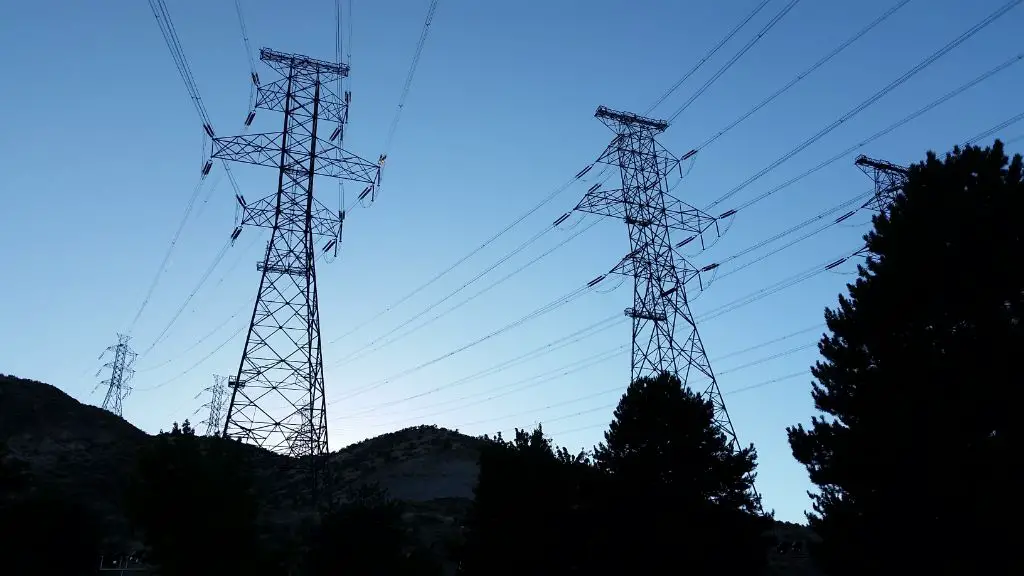
Substations
Substations play a critical role in the electrical grid by stepping high voltage power from transmission lines down to lower levels that can be distributed to homes and businesses. Inside a substation, you’ll find transformers that alter electricity’s voltage and other electrical equipment like circuit breakers and switches.
Transformers are the key components within a substation. As electricity enters the substation from high voltage transmission lines, the transformers reduce the voltage to safer levels before sending it out over distribution lines. Transformers work through the principles of electromagnetic induction – alternating current on the primary (input) winding creates a magnetic field which induces a current on the secondary (output) winding. By varying the number of windings on each side, transformers can step voltage up or down as needed.
Substations also contain protection and control equipment to ensure smooth grid operation. Circuit breakers, switches, capacitors, and voltage regulators help regulate voltage, redirect power, and prevent overloads. Monitoring systems oversee conditions and can trigger automatic responses. Safety features like alarms, gates, and signage are also standard.
Utilities strategically locate substations close to loads like cities and factories. While early substations were outdoors, modern ones are often enclosed for protection and efficiency. Substations play an essential role in ensuring electricity is delivered reliably to end users at safe voltages.
Distribution
Electricity is distributed to homes and businesses through lower voltage power lines after it has been stepped down at substations. The distribution system consists of substations, transformers, and lower voltage power lines that deliver electricity to end users.
Power lines carry electricity from local substations to transformers that further reduce the voltage. Standard voltages on distribution lines range from 2.4 kV to 34.5 kV. The lower voltages allow electricity to be distributed safely to customers.
From the transformers located near homes and buildings, low voltage power lines carry electricity into structures. This is typically 120 volts for residential customers and 208 to 480 volts for commercial customers.
Distribution systems include a network of power lines, poles, transformers, and other equipment that allows electricity to reach the doorstep of consumers. Monitoring and control equipment helps utilities manage and reroute power as needed to prevent outages.
The distribution system is the final stage in the delivery of electricity before it reaches homes, businesses, and industries where it is consumed.
Smart Grid
The smart grid represents an evolution in electricity delivery infrastructure, enhancing the aging traditional power grid through automation, monitoring, and control. The main aspects of the smart grid include:
– Advanced metering infrastructure – These smart meters enable two-way communication between utilities and customers. They provide real-time data on electricity usage and allow utilities to detect outages remotely.
– Automated monitoring and control – The smart grid uses sensors throughout the transmission and distribution system to monitor conditions in real-time. This allows rapid diagnosis and response to issues.
– Optimized power flow – Smart grid technologies use data and analytics to optimize electricity delivery, balancing supply and demand efficiently. This improves reliability.
– Enhanced cybersecurity – The increased connectivity of the smart grid also requires sophisticated cybersecurity measures to ensure its protection from malicious attacks.
The smart grid enables greater visibility into electricity delivery and empowers both utilities and consumers with information to optimize energy usage. However, it also introduces cyber risks that must be managed through comprehensive security strategies.
Microgrids
A microgrid is a localized grid that can disconnect from the traditional grid to operate autonomously. Microgrids are typically used to serve a discrete geographic footprint, such as a college campus, hospital complex or business center.
The capacity of microgrids ranges from providing power for a single building to a military base. Microgrids may operate while connected to the grid to reduce stresses on the grid or while islanded from it. Microgrid disconnection can be manual or automatic based on predetermined availability, economic and reliability thresholds.
Microgrids offer benefits over the traditional grid. For example, microgrids:
- Can operate when there is a disruption to the grid
- Provide flexibility and efficiency
- Are powered by onsite distributed energy resources
Microgrids are increasingly deployed by communities that seek greater reliability and autonomy over their electricity supply.
Energy Storage
The ability to store electricity is critically important for effective transmission and distribution, and it unlocks far greater use of variable renewable resources like wind and solar power. Energy storage technologies absorb and store energy so that it can be made available on demand. They allow utilities to manage peaks in demand, provide power quality, and enable broader adoption of renewable power.
Batteries are a common form of energy storage that use chemical reactions to store and discharge electricity. Lithium-ion batteries have become the dominant battery storage technology thanks to their high performance. Utility-scale lithium-ion battery projects provide grid services and help integrate renewables. Flow batteries like vanadium redox are another promising battery technology for large-scale stationary storage.
Pumped hydroelectric storage is currently the largest-capacity form of energy storage. It involves pumping water uphill into a reservoir and then releasing it through turbines to generate electricity when needed. Compressed air energy storage is another mature large-scale storage method that uses compressed air.
There are also numerous emerging technologies under development including thermal storage, hydrogen storage, flywheels, supercapacitors, and more. Energy storage innovation will be crucial for transitioning to a more efficient, resilient, sustainable grid.
Challenges
The electric grid is facing several key challenges going forward.
First is the issue of aging infrastructure. Much of the transmission and distribution system in the U.S. was built out decades ago. These components are approaching or exceeding their useful lifespans, increasing the risk of failures and outages. Replacing and upgrading this infrastructure will require major investments.
Second is the challenge of reliability. As the grid becomes more complex, with more distributed energy resources coming online, maintaining reliable electricity supply and power quality gets harder. New technologies and grid management approaches will be needed to prevent disruptions.
Third is the challenge of integrating more renewable energy onto the grid. Wind and solar power are variable and intermittent. Effectively incorporating these resources requires investments in transmission, energy storage, and grid flexibility.
Overcoming these challenges around aging infrastructure, reliability, and renewable integration will be critical to building a modernized and resilient grid that meets future needs.
Future Outlook
As technology continues to advance, the electrical grid is expected to become even more efficient, reliable, and resilient. Here are some key trends that will shape the future of electricity delivery:
Improving Technology – Smart grid technology, like smart meters and sensors, will provide utilities with more data to monitor, control, and optimize the grid in real-time. Advanced power electronics and control systems will also enable better integration of renewable energy. Artificial intelligence and machine learning will help predict and respond to changes in electricity demand.
Decentralization – Rather than relying solely on large, centralized power plants, the grid will integrate more distributed energy resources like rooftop solar, community microgrids, and battery storage. This shift empowers consumers to generate their own electricity while also providing more flexibility and resilience.
Consumer Involvement – With smart technology like app-connected thermostats and appliances, consumers will play an active role in managing their energy use and shifting it to off-peak times to save money. Time-of-use pricing and other incentives will further engage consumers in the electricity system.
While delivering electricity reliably and affordably remains the top priority, the grid is evolving into a more dynamic, decentralized, and digitally-connected network. The future grid will enable cleaner energy, increased consumer control, and greater efficiency and sustainability.

